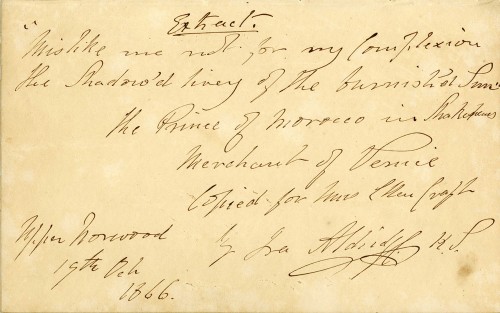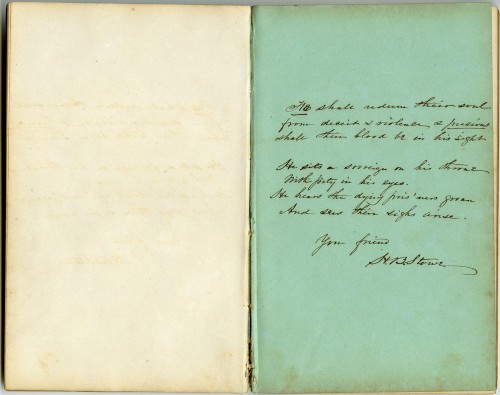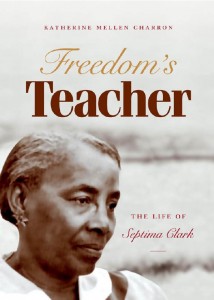Today’s post was authored by a Guest Contributor, historian, folklorist, and ethnomusicologist Dr. Kristine McCusker.
At first glance, the E. A. Harleston Funeral Home and Mickey Funeral Home ledgers, housed in the remarkable Avery Research Center, may seem like dry tomes. But these rich documents tell a variety of stories about being black in Charleston and in the South. The stories found in the ledgers range from reflecting a common death experience to the truly unique and, quite frankly, horrific. Consider this mystery woman who died in 1936 for whom there are but two notations in Harleston’s ledger: first, that she was sent home for burial from Columbia, Georgia, where she had most likely migrated during the Great Migration, and second, that she had died after swallowing a safety pin, a horrible way to die (Reel 3, Page 393). We know nothing else. Was it an accident? Did she commit suicide? The ledger, unfortunately, remains silent at this point.
The ledgers are evidence, too, of the secure elite status conferred upon funeral directors like Harleston and Mickey. In the Jim Crow South, the physical separation of black and white in life required deceased bodies to be embalmed, “funeralized,” and buried racially separate as well, at least in large cities like Charleston. This provided an exclusive business for motivated and entrepreneurial people like the Harlestons and the Mickeys who owned livery stables first and then began to include embalming services with their livery stock. Moreover, that exclusivity provided them an economic buffer against segregation since their clientele was all black and they were, therefore, not subject to white control or whim.






Recent Comments